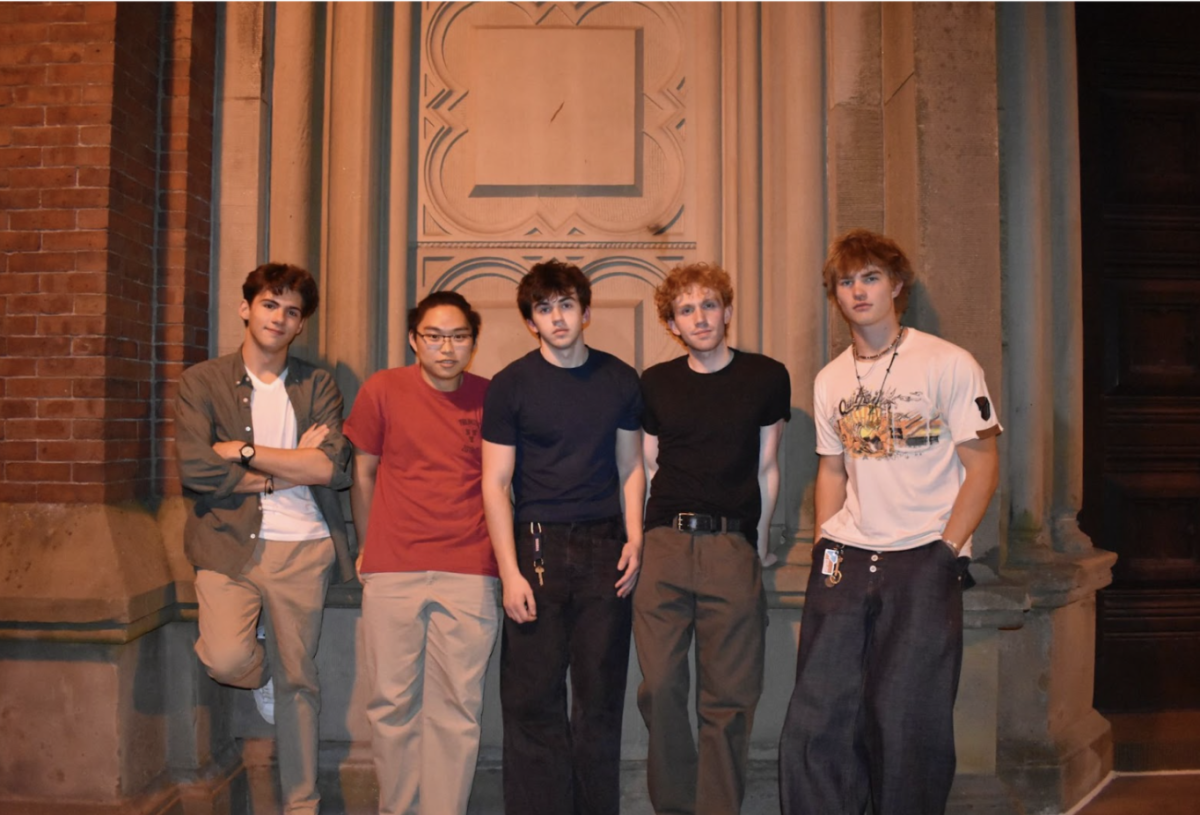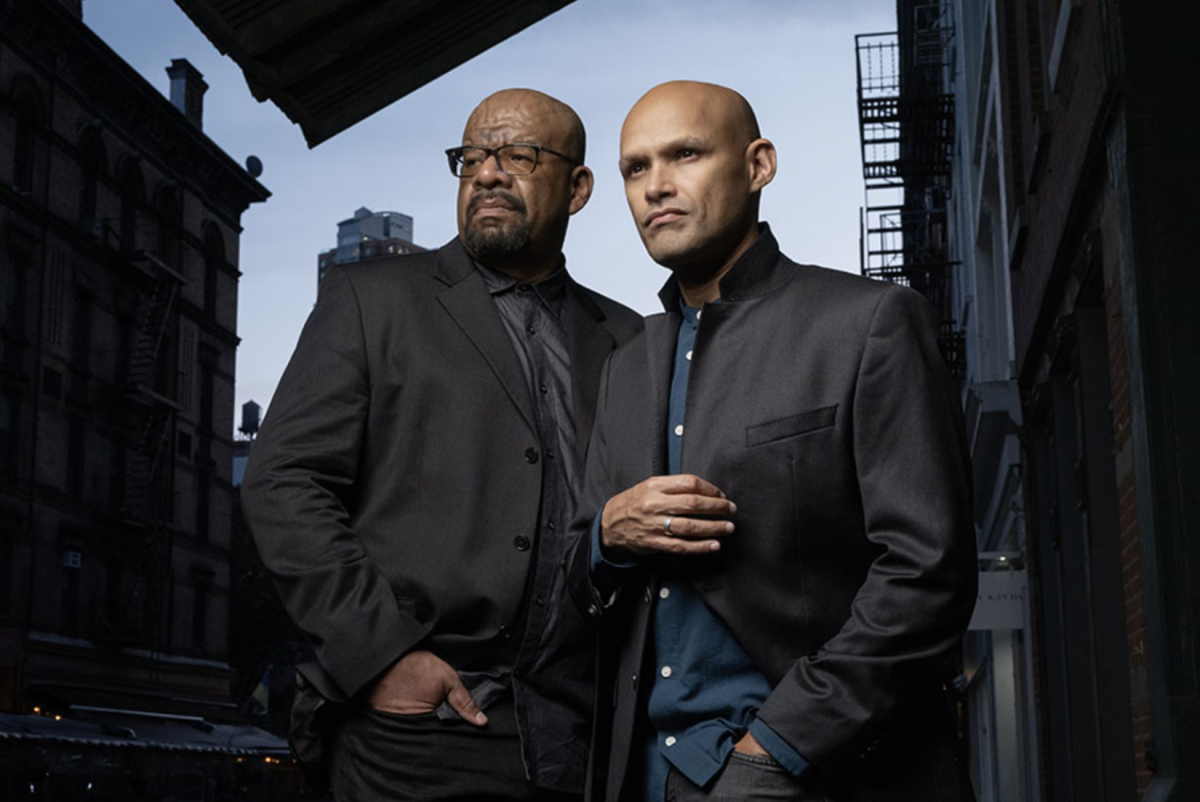On Friday, Jan. 30, I commuted to Babson College with two other Wellesley students to attend a workshop on AI and storytelling hosted by Babson’s AI lab, The Generator. Being something of a cynic on these issues, I had expected the professors leading the workshop to be computer scientists or entrepreneurial types, entrenched in the hype over AI and eager to take it into as many fields as possible. As it turns out, this couldn’t be farther from the truth.
While certainly fascinated by AI (who isn’t?), these professors were all humanists and creatives, and their research focused primarily on narrative as the key to understanding human behavior and connection. The professors included Anne Brubaker, senior lecturer in the Writing Program at Wellesley College, who researches American literature through the lens of science, technology and gender studies; Jonathan Adler at Olin College, who explores storytelling in the domain of social science; and his colleague Gillian Epstein who helps people harness the power of narrative to communicate in their own unique ways. Additionally there was Beth Wynstra who teaches performance and public speaking at Babson, and Kristi Girdharry, also at Babson, who researches storytelling in community spaces and archives.
Girdharry opened with a brief introduction to her academic cohort about how they developed the idea for the event, which grew from an ongoing collaboration between these five professors. Friday’s workshop marked their first in-person event, as well as the group’s first foray into exploring AI. Inspired by Charles Yu’s short story, “Systems,” the group hoped to create a collective story with the help of AI, with all of us gathered at the event as authors. Girdharry acknowledged an important question, now at the forefront of my mind: if storytelling is such a human experience, why are they bringing in AI?
“We’re exploring AI as an idea generator for further human connection,” Girdharry said. “We don’t know unless we try, right? It’s very experimental. You have front row seats to something brand new.”
Participants were asked to come up with questions to search, effectively replicating the processes AI undergoes when it is given a question: chiefly, making connections between separate pieces of information in order to come up with a coherent answer.
After the group reflected on these exercises and how they impacted our thinking on AI and storytelling, the crowd trickled out of the room. My group and I stayed behind, continuing our conversation about AI and how our institutions have been acknowledging this innovative technology in various ways.
There are, however, aspects of AI which went unmentioned; the professors leading the workshop did not leave room to discuss, say, AI’s extreme demands on natural resources or concerns regarding plagiarism and misinformation presented by models such as ChatGPT. Despite these concerns, I applaud the approach taken by the professors leading this workshop, focusing on each individual’s agency as a storyteller and our unique contributions to the systems we are both a part of and witness to, as Yu explores in his story for the “New York Times Magazine.”
If we are to integrate AI into our practices as writers, humanists, and storytellers, the boundaries need to be clear. Although I would have appreciated a more direct statement from the Babson, Olin, Wellesley (Babson, Olin, Wellesley (BOW) professors on where those boundaries should lie, we must acknowledge that they, too, are still figuring this out. The most important thing is remaining open to exploring this innovation, while also practicing healthy criticism of a technology which we seem to be growing reliant on.
Contact the editors responsible for this article: Anabelle Meyers, Ivy Buck

A correction was made on Feb. 10, 2025: An earlier version of this article misidentified Jonathan Adler as a visiting lecturer at Wellesley this year. He is a Professor of Psychology at Olin and the Mary L. Cornille Distinguished Scholar in Residence at Wellesley this year.




